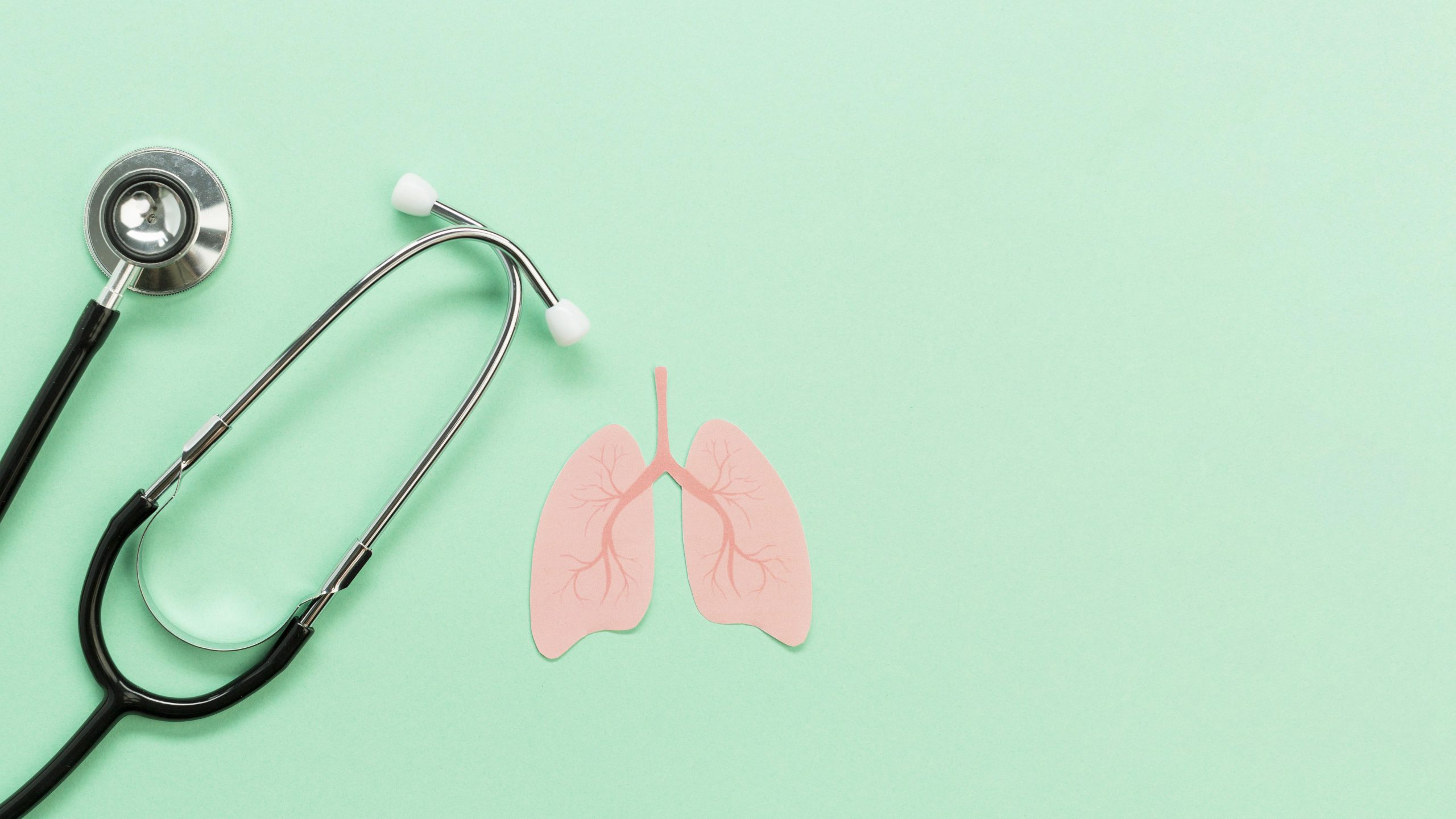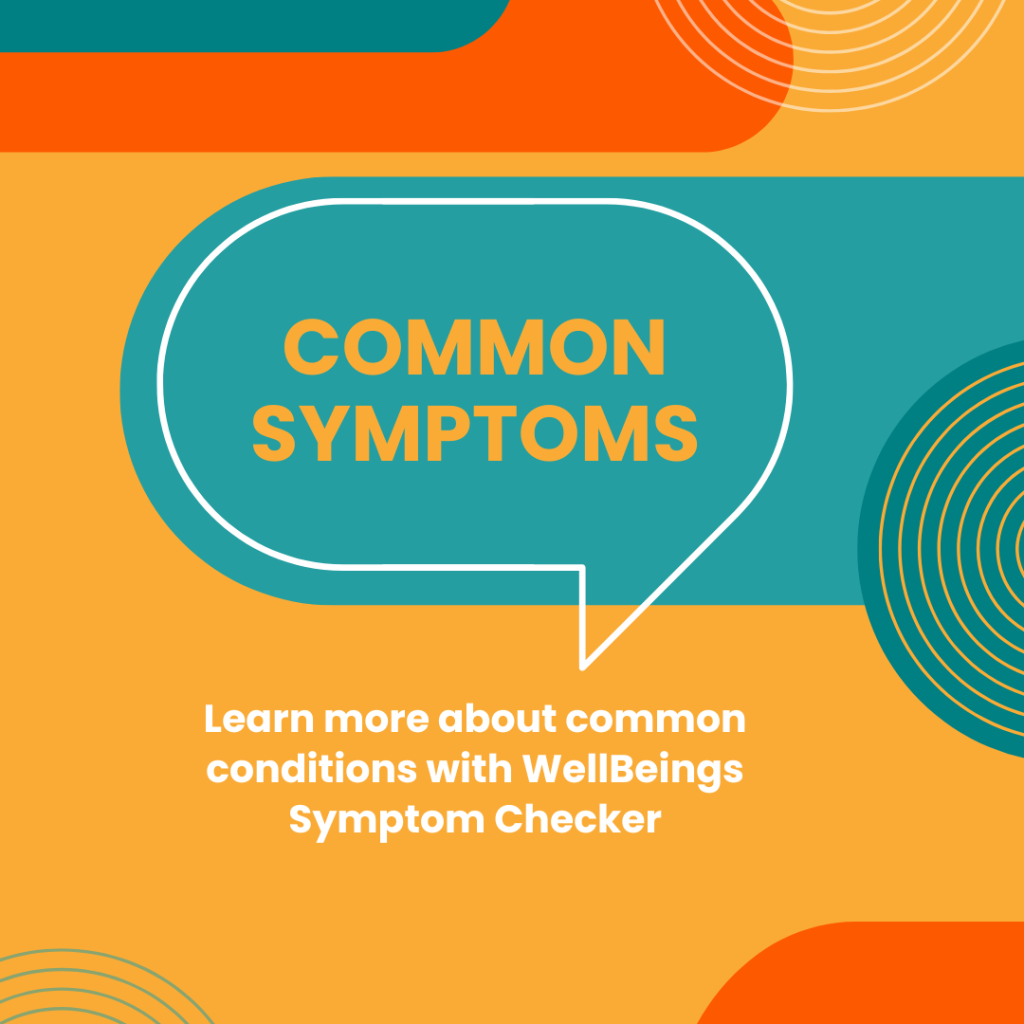Asthma explained: how it compares to other lung and respiratory conditions
Cape Town-based pulmonology technologist Anton Fourie sheds light on asthma’s specific characteristics versus other respiratory illnesses.
What is asthma?
Asthma is a chronic lung disease. It’s marked by airway inflammation and narrowing, which make breathing difficult. Unlike many other lung diseases, asthma is often reversible with the right treatment.
How does asthma differ from other lung conditions?
Asthma is significantly different from other conditions, by characteristics such as:
- COPD: A progressive, irreversible disease typically caused by smoking.
- Pneumonia: An acute lung infection, not a chronic condition.
- Cystic fibrosis: A genetic disease causing a buildup of thick mucus in the lungs.
What are typical asthma triggers?
Asthma symptoms are often brought on by specific triggers, and avoiding them is key to managing the condition. Common triggers include:
- Allergens: Pollen, dust mites, pet dander, and mold. You can manage these by using allergen-proof bedding and keeping windows closed during high-pollen seasons.
- Irritants: Tobacco smoke, strong perfumes, and cleaning products. The best way to avoid these is to not smoke and use unscented products.
- Exercise: Physical activity, especially in cold, dry air. A slow warm-up and using an inhaler before exercise can help.
- Respiratory infections: The common cold or flu. Staying up-to-date on vaccines and practising good hand hygiene can help prevent these infections.

How do inhaler treatments work?
Inhalers are a cornerstone of asthma treatment, and the right type depends on your specific needs. A doctor will determine which is best for you. Reliever (rescue) inhalers work quickly to open airways during an asthma attack, providing immediate, short-term relief. Preventer inhalers are used daily and contain corticosteroids that reduce long-term airway inflammation to prevent attacks. Combination inhalers contain both a long-acting bronchodilator and a corticosteroid for long-term control and some immediate relief.
How does the weather or seasonal changes affect asthma?
Weather can significantly impact breathing. Cold, dry air can tighten airways, while high humidity can feel heavy and promote allergens like mould. Pollen during spring and autumn is a common trigger for allergic asthma, which is the most common type of asthma. Allergies and asthma are closely linked, as an allergic reaction can cause airway inflammation and lead to an asthma attack. Thunderstorms can also be a unique risk, causing pollen grains to burst into smaller particles that can be inhaled deeper into the lungs.
Do breathing exercises work for asthma?
The importance of breathing exercises and check-ups lies in their role as complementary therapy for lung conditions. Techniques like pursed-lip breathing and diaphragmatic breathing can help strengthen breathing muscles and reduce stress, but they should never replace prescribed medications. Regular doctor visits are also essential for managing asthma. If symptoms are controlled, you may only need to see a doctor once or twice a year. However, if the symptoms are frequent, you should see the doctor more often. A follow-up visit is always recommended after a severe asthma attack to review the treatment plan.
Help at hand
Incorporating healthy habits into your daily routine is important for long-term lung health, whether you have asthma or not. Avoid smoking, as this is the most important step you can take since smoking is a leading cause of lung diseases like COPD and lung cancer. It is also important to avoid secondhand smoke, which is harmful for everyone. Staying hydrated helps thin mucus, making it easier to clear from your airways. Exercising regularly strengthens your lungs and the muscles you use to breathe. Eating a healthy diet rich in fruits and vegetables can also help reduce inflammation.
Images: Freepik



















